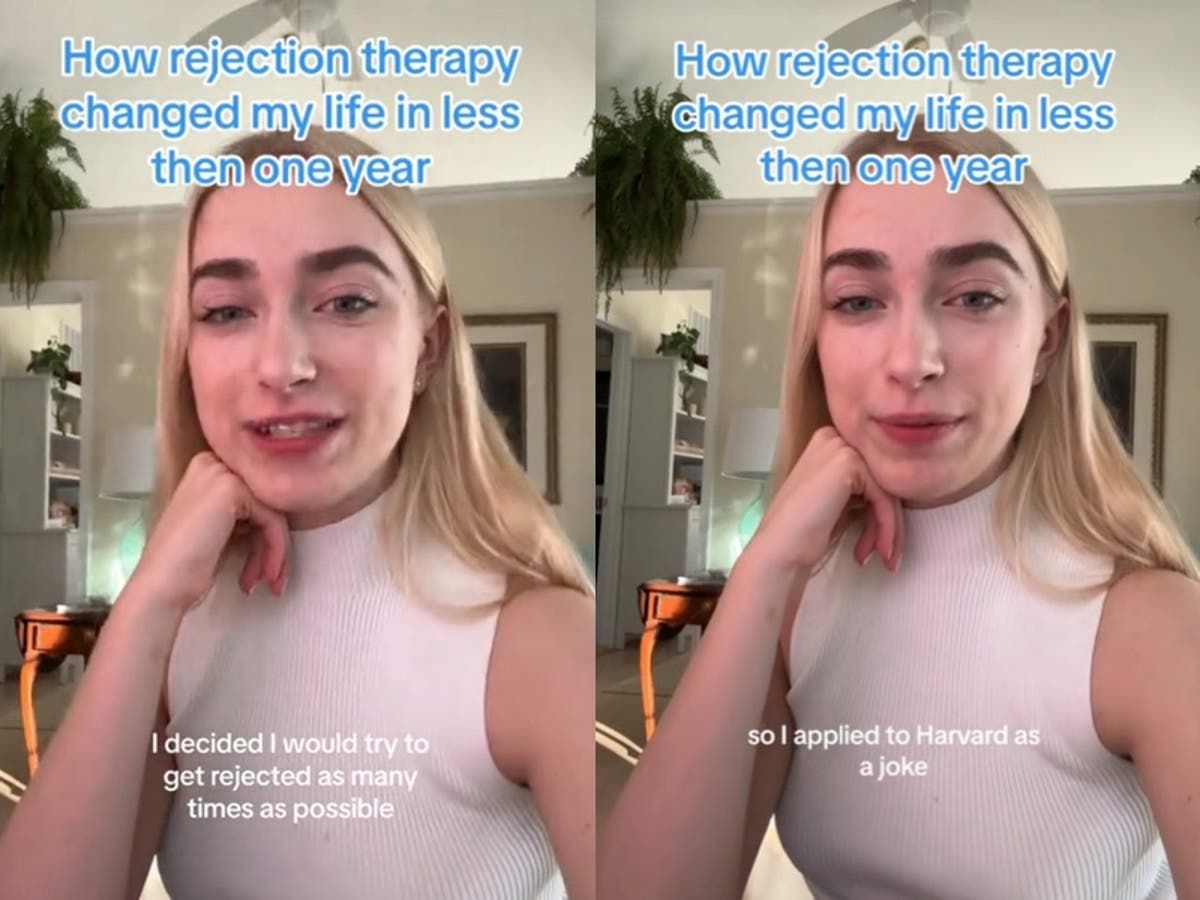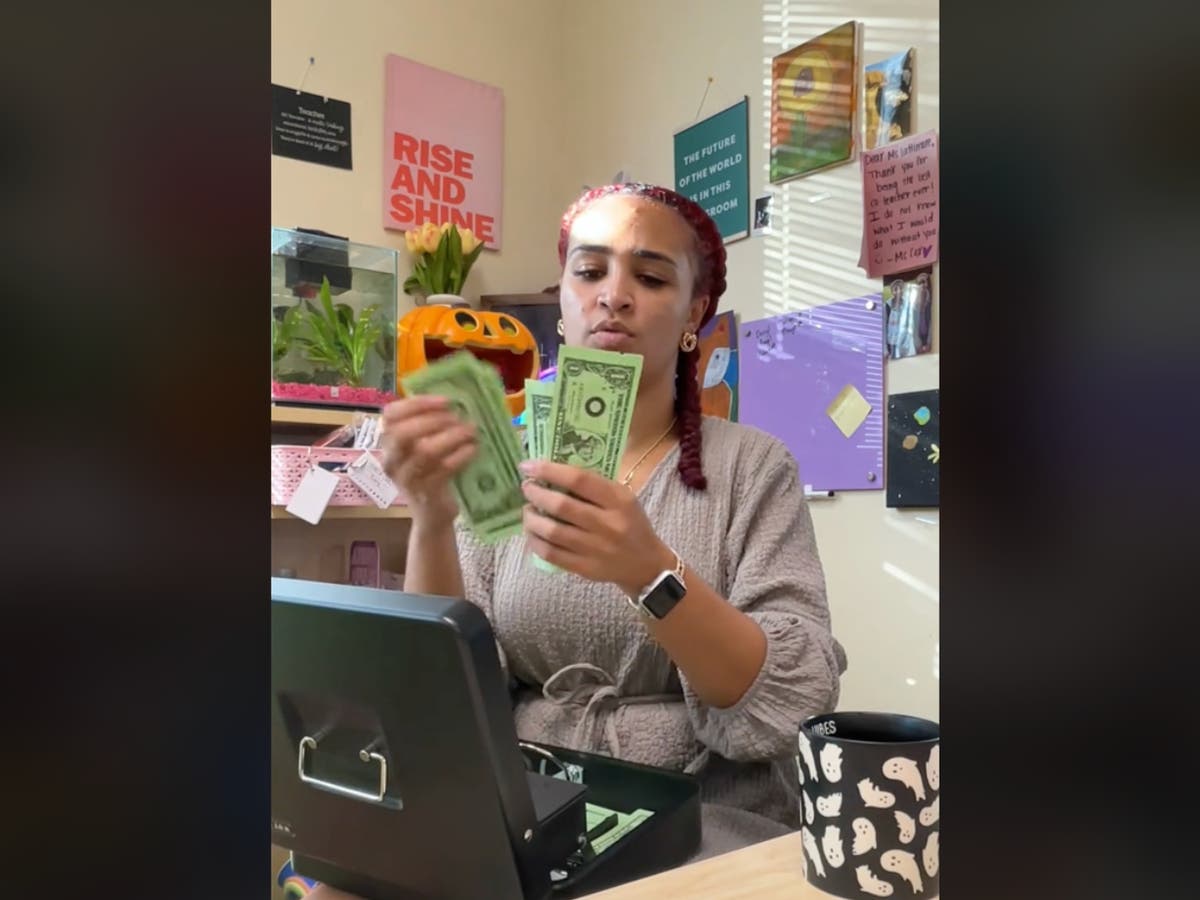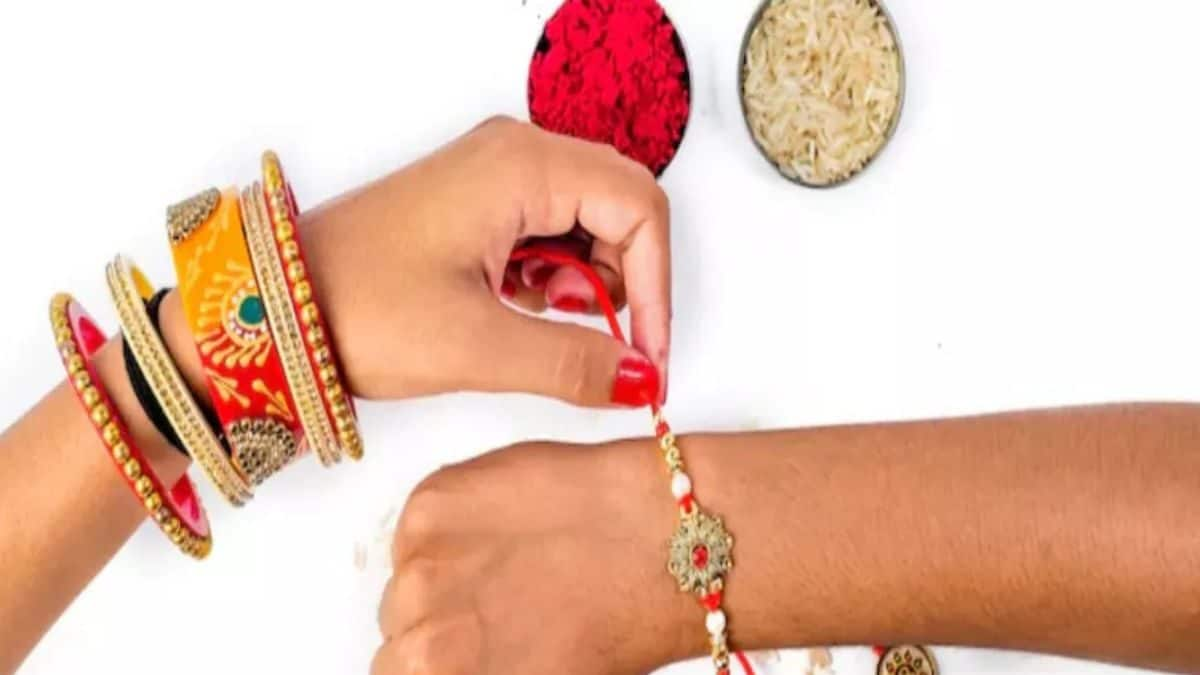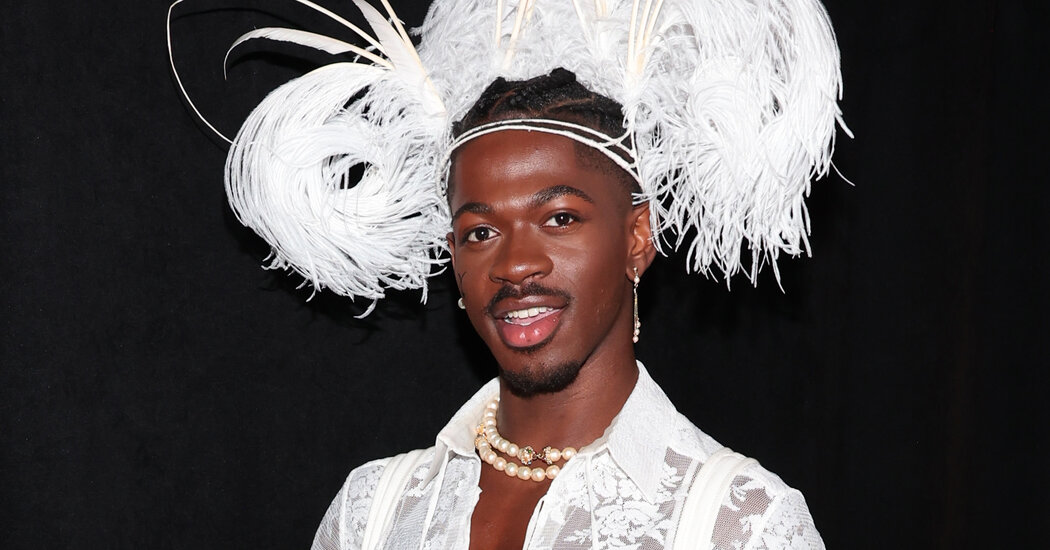Truly support
independent journalism
Our mission is to provide unbiased, fact-based reporting that holds the powerful to account and exposes the truth.
Whether it's $5 or $50, every contribution counts.
Support us in offering journalism without agenda.
TikTok’s latest mental health trend, called “rejection therapy,” offers a way to combat social anxiety.
With over 63 million views on the hashtag “rejection therapy” on TikTok, more and more people are documenting their trials and tribulations of putting themselves in situations where they might be socially rejected. From giving their number to a stranger to asking someone to buy them food, users are embracing the awkwardness as a way to overcome their fears and build their confidence. Some people even claim that rejection therapy has changed their lives, while others are skeptical.
Rejection therapy is not a research-based form of psychotherapy, but rather a self-help method initially coined by Canadian entrepreneur Jason Comely, who created prompt cards that encouraged people to put themselves in situations where they might be rejected, so that they could be braver in the future. Entrepreneur and motivational speaker Jia Jiang later popularized it in 2012, after his “100 Days of Rejection Therapy” journey achieved viral success on YouTube.
“If you're afraid of rejection, you often let the fear of rejection dictate what you do next,” Jiang explained. Elite Daily. “You reject yourself much more than other people do.”
He now works as a coach to help people overcome their fear of rejection..
However, with the method's recent resurgence in popularity on social media, medical experts have pointed out that it is just a remastered version of unsupervised exposure therapy.
“We do this with patients with social anxiety disorder who struggle to live their lives the way they want because of fear of rejection,” said Dr. Lily Brown, director of research at the University of Pennsylvania Center for the Treatment and Study of Anxiety. Pop sugar“We create ways for them to de-catastrophize the fact of being rejected.”
“On average, people don't get the rejections they think they're going to get,” Dr. Brown added, noting that the goal of exposure therapy is to show participants that rejection is simply a part of life.
Exposure methods often include simple actions, such as asking people for directions or where to find the nearest coffee shop. “The best way to do this is with the support of a therapist,” she said.
Unlike exposure therapy, which is done with the guidance of licensed health care professionals, rejection therapy participants tackle things on their own. Practitioners emphasize that participants must exercise a certain degree of caution and discernment when exposing themselves to situations ripe for social rejection. Without a professional to monitor the amount of exposure to rejection, participants should be warned that the method can sometimes expose them to the possibility of further harm.












